Affiliate links on Android Authority may earn us a commission. Learn more.
Verizon vs US Mobile: Big Red versus the so-called Super Carrier
Published onAugust 26, 2024
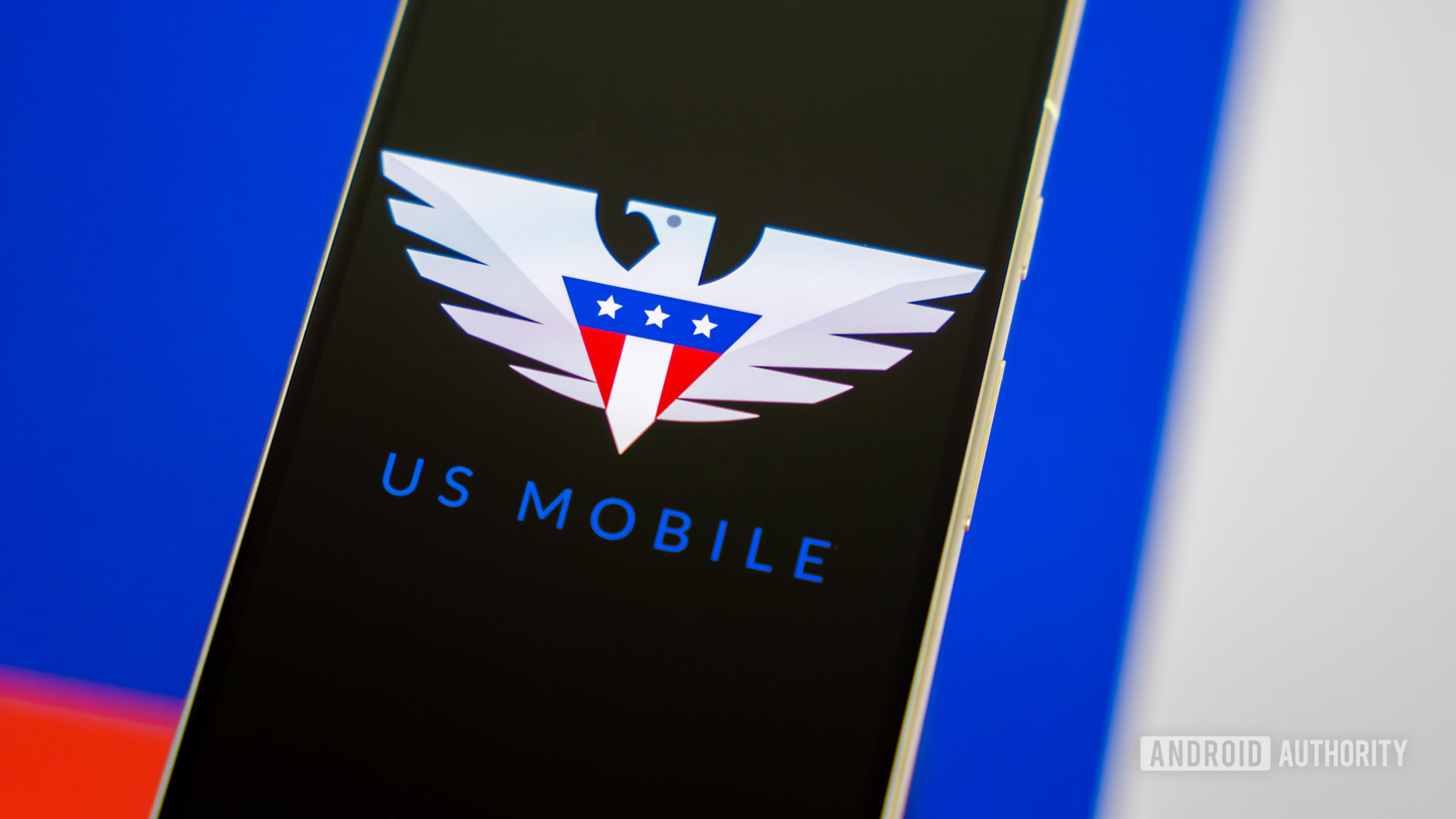
Verizon might be one of the biggest carriers in the US, but it’s far from the only option out there. In fact, many carriers operate independently but utilize Verizon’s extensive network. One of these options is US Mobile, and it has increasingly become one of my favorite alternatives to Verizon.
US Mobile is unique in that it’s the only prepaid carrier offering a choice of all three major networks. While US Mobile has technically offered T-Mobile and Verizon for a while, switching between carriers wasn’t always easy once you made your initial choice. That has now changed. Not only do you get access to T-Mobile and Verizon, but you can also access AT&T, and switching between the networks is quite simple, which I’ll discuss later in this post.
US Mobile is literally the only carrier that covers all three networks, and it’s leveraging this by branding itself as a super carrier. While Verizon doesn’t support all three networks, it does control its own, ensuring you always get the best speeds possible. So, how does US Mobile compare to Verizon? Let’s dive in and take a closer look at US Mobile vs. Verizon.
| Plan | Cost | Talk & Text | Data | Extras |
|---|---|---|---|---|
| Plan Unlimited Flex | Cost $210 for 12 months ($17.50 per month) | Talk & Text Unlimited talk and text | Data 10GB Premium Data | Extras 5GB hotspot data International calling within the US |
| Plan Unlimited Starter | Cost $25 a month OR $270 for 12 months ($22.50 per month) | Talk & Text Unlimited talk and text | Data 35GB Premium Data | Extras 10GB hotpsot data International calling within the US 1GB international data |
| Plan Unlimited Premium | Cost $44 a month $390 for 12 months ($32.50 per month) | Talk & Text Unlimited talk and text | Data 100GB Premium Data | Extras 50GB hotspot data International calling and texting 10GB international data |
| Plan myPlan Unlimited Welcome | Cost $65 for one line
$55 for two lines $40 for three lines $30 for four lines | Talk & Text Unlimited talk and text | Data Unlimited 4G LTE
5G Nationwide | Extras No hotspot access Talk & Text in Mexico and Canada Texting in over 200 countries |
| Plan myPlan Unlimited Plus | Cost $80 per line for one line
$70 per line for two lines $55 per line for three lines $45 per line for four lines | Talk & Text Unlimited talk and text | Data Unlimited 4G LTE
5G Nationwide 5G wideband | Extras 30GB 4G LTE or 5G Talk & Text in Mexico and Canada Texting in over 200 countries |
| Plan myPlan Unlimited Ultimate | Cost $90 per line for one line
$80 per line for two lines $65 per line for three lines $55 per line for four lines | Talk & Text Unlimited talk and text | Data Unlimited 4G LTE 5G Nationwide 5G wideband 480p streaming Can add perks for $10 each, including 100GB hotspot data | Extras 60GB 4G LTE or 5G Talk & Text in Mexico and Canada Texting in over 200 countries 10GB high-speed international data |
US Mobile vs Verizon: Pricing and value
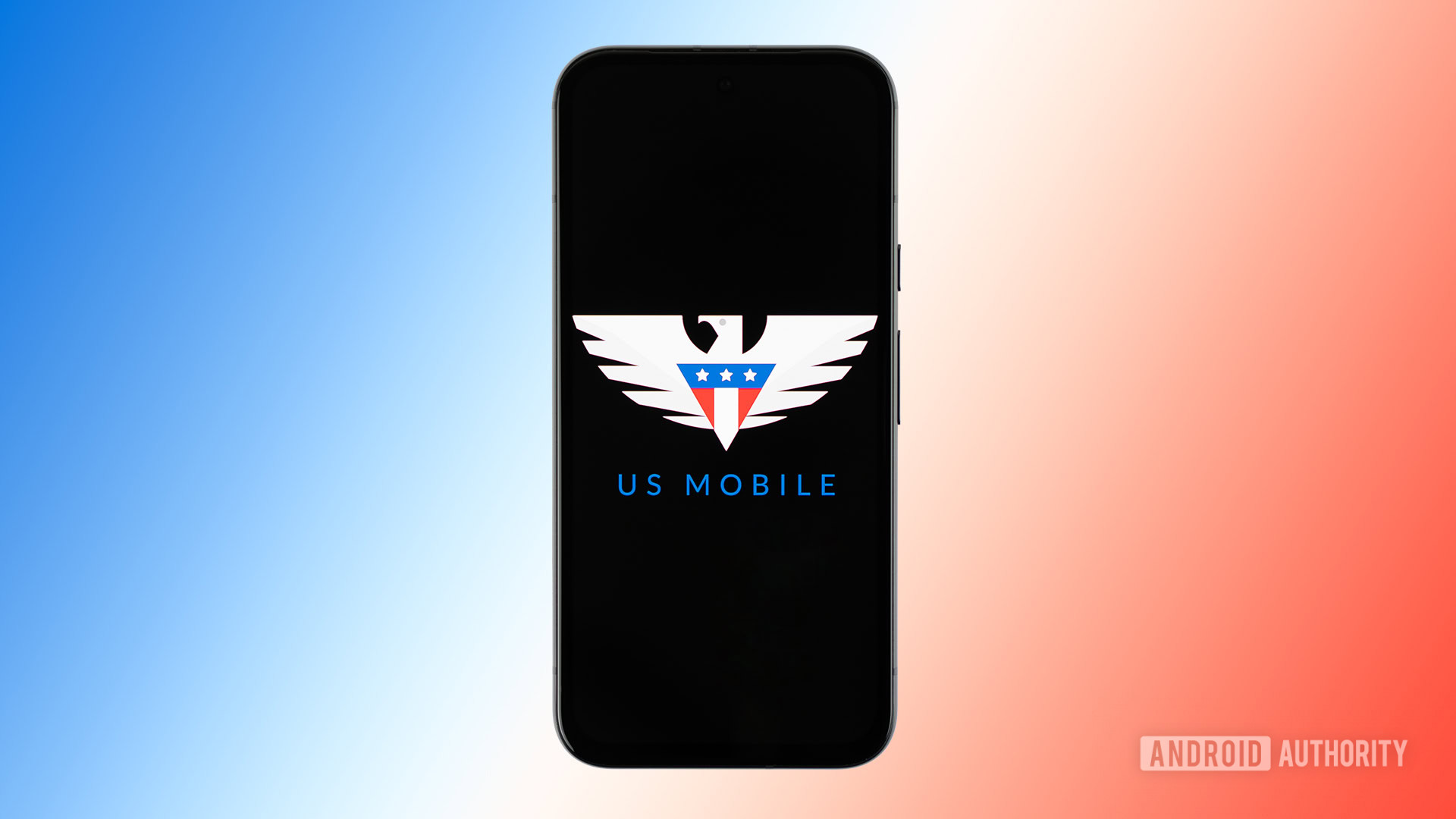
- Winner: US Mobile
No matter how you slice it, US Mobile is a much better value. Verizon’s cheapest postpaid plan starts at $65 a month, and even with four lines you’ll only bring that price down to $30 per line. Meanwhile, US Mobile Flex costs $210 a year, or what breaks down to $17.50 a month. Granted this plan has a lot less data but even US Mobile’s unlimited plans are fairly cheap starting at $25 a month or as little as $22.50 a month if you pay for the whole year at once.
The US Mobile Starter plan caps you at 35GB of premium data, after that it will slow you down as needed. The closest equivalent is Verizon myPlan Unlimited Welcome which gives you unlimited data but will technically deprioritize you over higher tier plans during major congestion. Don’t want to be deprioritized? You’ll want Unlimited Plus or Ultimate, which start at $80 and $90 per month respectively, though you can get that price down to as little as $45 or $55 a month per line for four lines.
US Mobile is the best value overall, especially with support for all three networks.
Of course, most people use around 35GB a month unless they are heavier users, and even in that case, US Mobile has you covered with its Unlimited Premium plan. This plan is also not technically unlimited but with a 100GB premium data allotment, odds are you won’t hit the ceiling on this unless you’re using this as your only means for internet access. Even then, it really depends on your online activities and how data-heavy they are.
Of course, there’s more to a good value than just a cheap price. Verizon definitely offers a bit more here, thanks to its Perk system which lets you add on special perks for $10 each. These perks offer cheaper prices than normal and include options like Disney Hulu Bundles, a Netflix plus Max Bundle, Apple Music, and more. Verizon also offers 30-60GB LTE/5G while visiting Mexico or Canada, and unlimited talk and text. You can even text to over 200 countries for free from within the US.
US Mobile doesn’t offer streaming perks, but the good news is it offers fairly decent international calling, texting, and data options. Even its cheapest plan offers international calling within the US. The Starter plan also gives you 1GB of international data and international calling within the US, while the Premium plan offers 10GB of international data and unlimited calling and text in select countries.
How does coverage compare between Verizon and US Mobile?
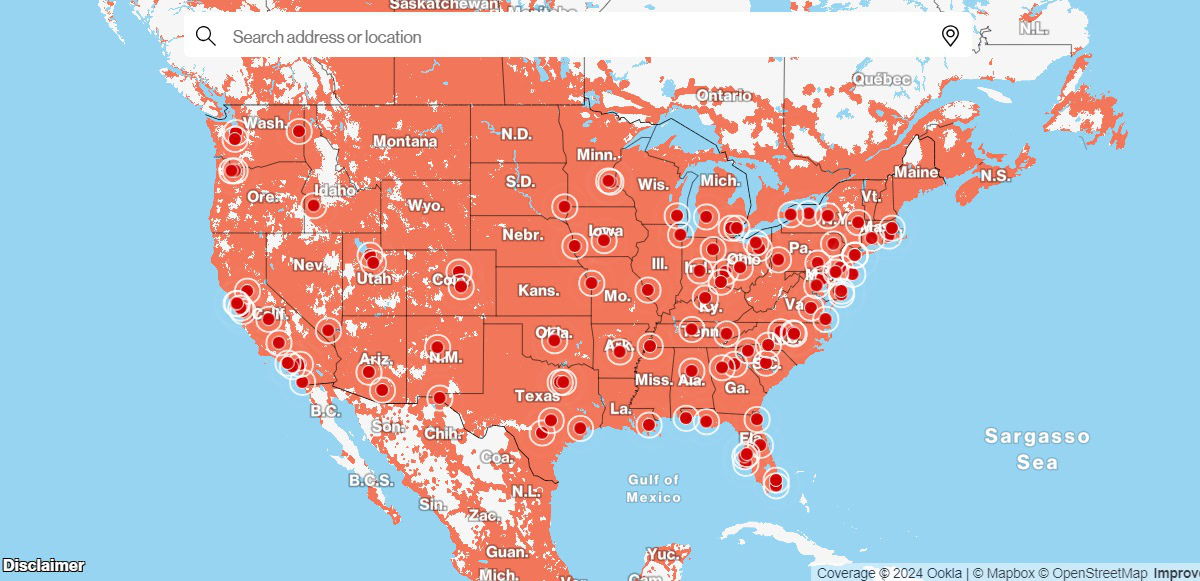
- Winner: US Mobile
It’s not every day that a prepaid carrier beats one of the Big Three in terms of coverage, but that’s largely the case here thanks to US Mobile’s Super Carrier setup. Simply put, while both US Mobile and Verizon can run on Big Red’s network, US Mobile can also easily switch to AT&T or T-Mobile’s network right from within the US Mobile app. For Verizon’s part, there are likely some roaming arrangements that might allow you to keep coverage even in dead spots, but US Mobile puts the control right in your hand by easily letting you switch to the network that performs the best wherever your travels in the US take you.
If there are any doubts about the coverage you can expect in your area, we highly recommend typing your address into both the US Mobile coverage map and the Verizon coverage map.
Data allotments and prioritization
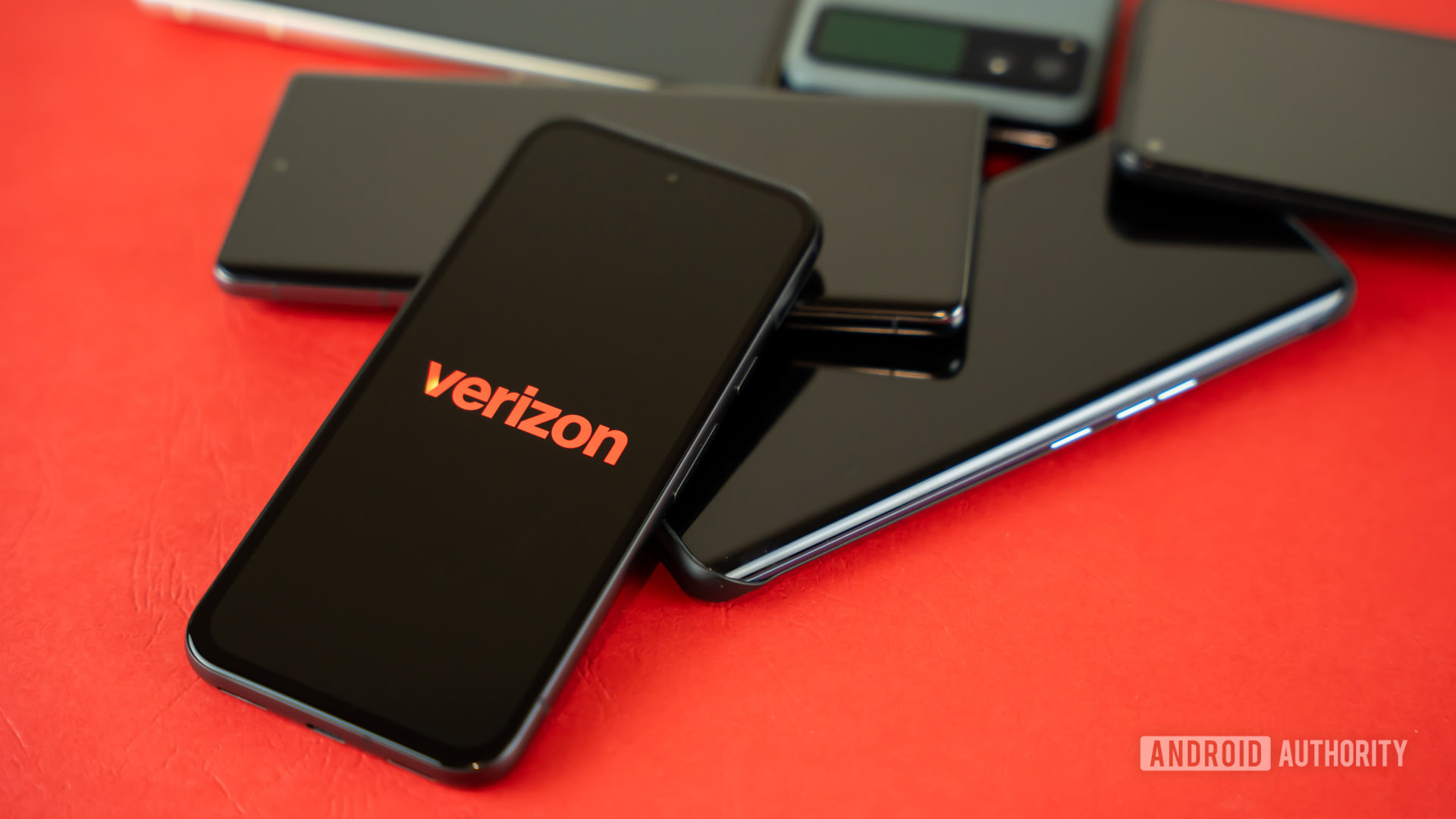
- Winner: Verizon
So technically speaking you get unlimited premium data with several of Verizon’s more expensive plans, while US Mobile’s best plan has 100GB premium. Still, most users don’t actually hit much above 20-30GB a month unless their carrier is their only regularly available way to access the web. Unless you really need more than 100GB of usage, you’re going to find US Mobile offers at least one plan that fits the bill.
The big question is prioritization. The truth is this will vary a bit with US Mobile, as it will depend both on the region/cell you are in, and the carrier you are currently using. For my part, I found US Mobile and my Verizon myPlan Unlimited Plus plan both had comparable speeds in town. I live in a smaller town so the speeds tend to be less than great regardless of your plan, but both carriers typically saw speeds of 25-50Mbps or higher when connected to Big Red’s network. My experience with AT&T and T-Mobile also varied quite a bit, but typically I always saw at least 10Mbps in my area.
While I haven’t extensively tested AT&T and T-Mobile speeds in a bigger city via US Mobile, I can say that my Warp (Verizon) speeds in St Louis, Missouri easily exceeded 100Mbps during our weekend trip there recently. Honestly, unless you intend to use more than 100GB of data, US Mobile and Verizon are pretty tied when it comes to prioritization, but it still leads when it comes to data allotment.
Promotions, special offers, and phone selection
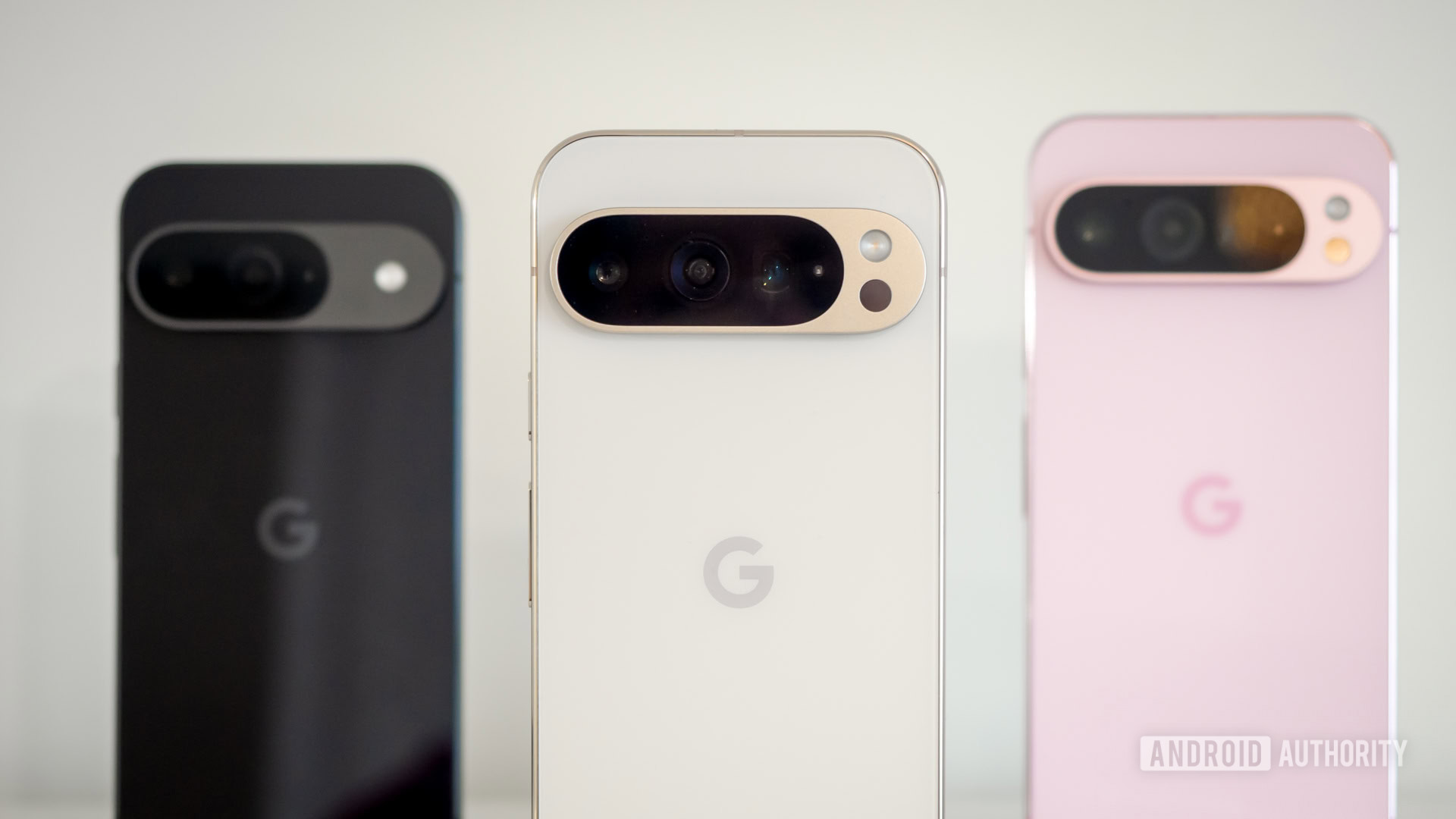
- Winner: Verizon
Verizon offers every major phone that you can find in the US including devices from Motorola, Samsung, Google, and Apple. There’s also a wide range of special promotions for free phones, trade-in deals, and much more.
US Mobile manages to offer a nearly as extensive library of devices including both budget-friendly options and more expensive flagships, but you won’t find much in the way of special promotions beyond getting a free 30-day trial when you switch carriers to US Mobile. You can still pay for devices in an installment plan provided by Affinity, but otherwise, you’re going to find more promotions and offers over at Verizon.
What about Verizon prepaid vs US Mobile?
While this comparison focused on Verizon’s postpaid offerings, it’s worth taking a look at how Verizon prepaid compares to US Mobile as well.
Verizon offers the following three prepaid options:
- Verizon Prepaid 15GB – With this plan you’ll pay $45 for the first month but then the autopay discount will kick in, bringing the plan down to $35 a month. This is a basic plan with no extras, though you can use the mobile hotspot feature up to the allotted 15GB.
- Verizon Prepaid Unlimited – For $50 a month ($60 for first month) you get unlimited talk, text, and data but no access to 5G Ultra Wideband. You do get 5GB of additional hotspot data though. None of the data here is higher priority, so you’ll see slow downs during times of congestion.
- Verizon Prepaid Unlimited Plus – This plan gives you access to Wideband, 50GB of premium data, and 25GB of premium mobile data for $60 a month ($70 for first month). You also can choose one country that you can dial for free from within the US.
Unlike Verizon’s postpaid plans, these plans don’t get any cheaper even if you opt for multiple lines. Overall there’s really no reason to go with Verizon Prepaid over US Mobile or Verizon’s postpaid plans. US Mobile is much cheaper at every tier and yet offers better speeds and other perks you won’t get from Verizon’s prepaid plans.
US Mobile vs Verizon: Which carrier is right for you?
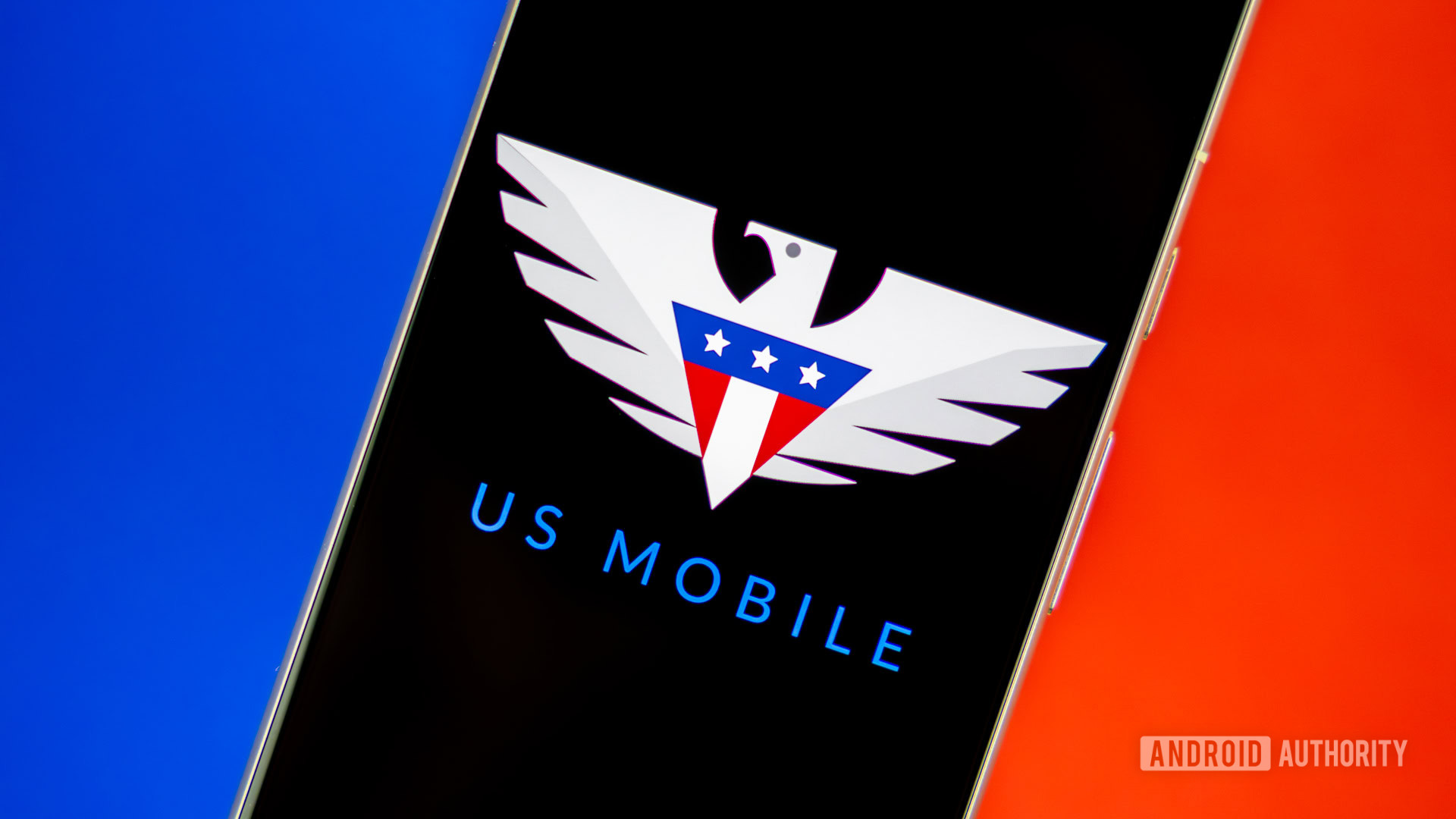
Honestly, the answer really depends on what you value. US Mobile is a much better deal and even has a few advantages over Verizon postpaid. Verizon has more perks, special phone offers, and more.
As a current Verizon subscriber, I’m strongly thinking about switching my family’s service to US Mobile once we finish our current device payment plans, and I’ve already helped my sister and mother switch from Cricket to US Mobile recently. So, my personal position should be clear. At least from my perspective, Verizon postpaid isn’t worth it if you don’t use extra perks, you tend to buy your phones outright, and you don’t use device insurance options from your carrier.
US Mobile will give you a similar experience when you’re connected to Big Red’s network, but you’ll pay less and also have access to the other big two. To me, that’s a no-brainer. Of course, Verizon is the better option if you do want to load up the streaming perks to rack in those savings and you do want to get Verizon protection and payment plans.
You can definitely save money if you currently use a lot of different streaming services, Apple Music, and other perks that you’ll pay less for from Verizon. Once you add those savings and the convenience of a postpaid carrier, Verizon’s appeal becomes much more noticeable.
Who am I, and why should you trust me?
I’m a decade-plus veteran of Android Authority who has had many roles here over the years but more recently my main passion has been to dive deeper into both the postpaid and prepaid carrier options available to US consumers to help others save money and figure out what they really need. You could say I’m a cheapskate and that’s probably a little true, but ultimately I don’t like paying money for stuff I don’t use, or if I can find a cheaper experience that’s still about 98% as good (after all that’s still an A grade!)
For this particular comparison I have fully (and recently) had experience with both carriers involved. In fact, I’m a subscriber of Verizon’s postpaid and have a secondary line on US Mobile right now. So you can be sure the insights above actually reflect my own experience. Of course, it’s important to be aware that carrier performance varies from region to region or even city to city in the US, and so you’re actual experiences may still slightly vary from mine.